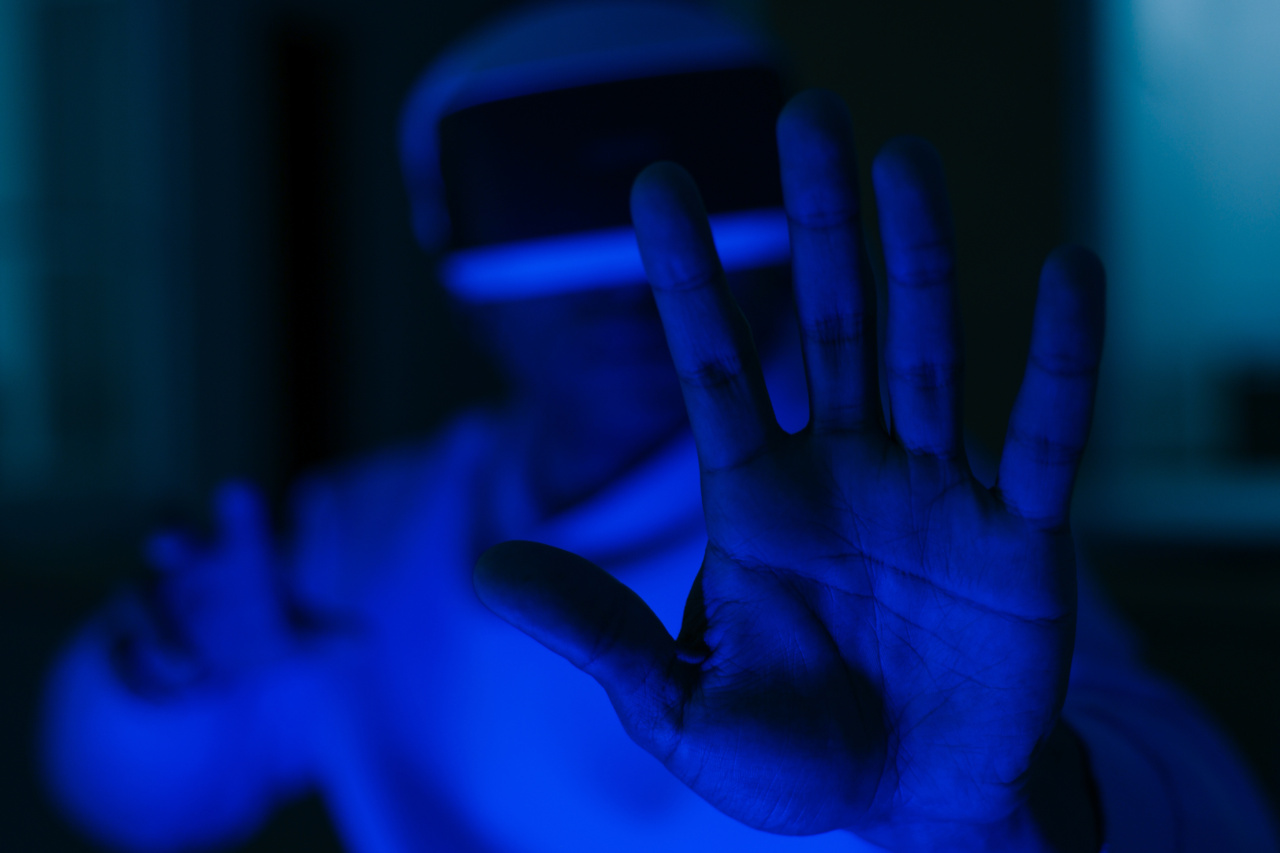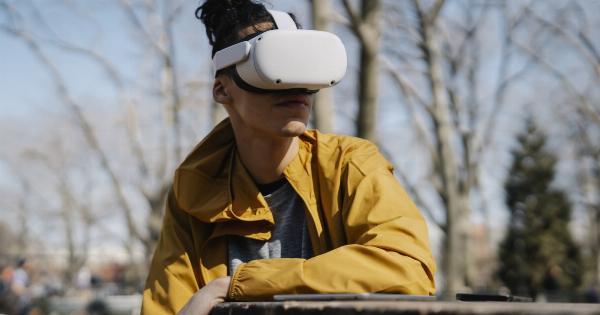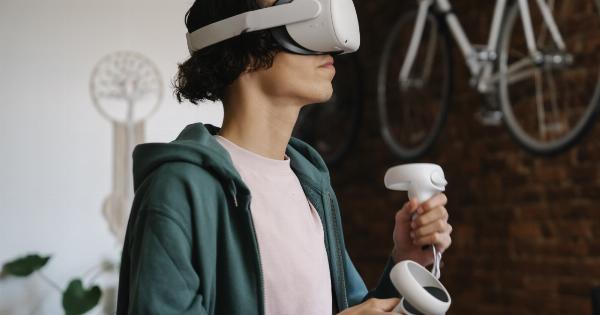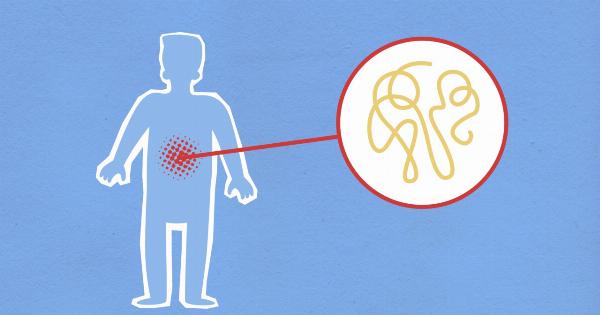Human vision is a remarkable feat of biological engineering that allows us to experience and interact with the world around us. Our ability to see shapes, colors, and depth, and to recognize objects and faces is truly extraordinary.
But have you ever wondered about the science behind this remarkable sense? How does our brain process visual information, and what role does our eyesight play in shaping our perception of the world? In this article, we delve into the fascinating science behind human vision and uncover the mechanisms that make it all possible.
The Anatomy of the Human Eye
At the center of our visual system lies the human eye, a complex organ that captures and focuses light onto specialized cells called photoreceptors. The eye is comprised of several key components, including the cornea, iris, lens, and retina.
The cornea and lens work together to bend and focus incoming light onto the retina, while the iris controls the amount of light entering the eye by adjusting the size of the pupil. The retina, located at the back of the eye, contains millions of photoreceptor cells that convert light into electrical signals that can be interpreted by the brain.
The Journey of Light Through the Eye
When light enters the eye, it first passes through the cornea, which acts as a protective outer covering for the eye and helps to focus the incoming light. The cornea refracts, or bends, the light to ensure that it converges onto the lens.
The lens, which can change its shape to focus on objects at different distances, further refracts the light and directs it onto the retina.
Once the light reaches the retina, it interacts with the photoreceptor cells. There are two types of photoreceptor cells in the human eye: rods and cones.
Rods are responsible for vision in dim lighting conditions and are mainly concentrated in the peripheral regions of the retina. Cones, on the other hand, are responsible for color vision and are concentrated in the central portion of the retina, known as the fovea.
When light strikes the photoreceptor cells, it triggers a series of chemical reactions that result in the generation of electrical signals.
These signals are then transmitted to other cells in the retina, such as bipolar cells and ganglion cells, which help to further process and transmit the visual information.
The Role of the Brain in Visual Perception
While the eyes play a crucial role in capturing visual information, it is the brain that ultimately processes and interprets this information, allowing us to perceive the world around us.
The electrical signals generated by the photoreceptor cells are transmitted to the brain via the optic nerve, where they are decoded and assembled into a visual representation.
Within the brain, several regions are involved in processing visual information.
The primary visual cortex, located at the back of the brain in the occipital lobe, receives the incoming visual signals and begins the process of analyzing and interpreting the information. From there, the visual information is transmitted to other areas of the brain, such as the visual association areas, which help to integrate visual information with other sensory inputs and memories.
Color Vision and Depth Perception
One of the most fascinating aspects of human vision is our ability to perceive colors and depth. While cones are primarily responsible for color vision, the brain also plays a crucial role in interpreting and assigning colors to different objects.
It does this by comparing the responses of different types of cones and extracting color information from the relative activation levels of these cones.
Depth perception, on the other hand, is the ability to perceive the relative distance and position of objects in three-dimensional space.
Our depth perception relies on several visual cues, including binocular cues (the slight disparity between the images received by each eye) and monocular cues (such as relative size, perspective, and texture gradient). These cues provide our brain with the necessary information to create a sense of depth and distance.
Visual Illusions and Perception
Visual illusions offer intriguing insights into the mechanisms behind human vision and perception.
These optical tricks can reveal how our brain processes visual information and highlight the delicate balance between sensory input and cognitive interpretation. By manipulating certain visual cues, such as color, contrast, and spatial arrangement, illusions can deceive our brain and lead to misperceptions of size, shape, or motion.
Well-known examples of visual illusions include the Müller-Lyer illusion, where two identical lines appear to be of different lengths, and the Ponzo illusion, where two parallel lines seem to be of different sizes due to converging lines in the background. Exploring these illusions helps scientists gain a deeper understanding of how our brain constructs and interprets the visual world.
Amazing Footage: Capturing the Wonders of Human Vision
Thanks to modern technology, we now have the ability to capture and document the incredible feats of human vision in action.
High-speed cameras, microscopes, and advanced imaging techniques have allowed scientists to peer into the intricate workings of the eye and brain, capturing extraordinary footage that reveals the inner workings of human vision.
These advancements have not only enhanced our understanding of the science behind vision but also opened up new avenues for diagnosis and treatment of visual impairments.
Scientists and clinicians can now study the fine details of how vision works, develop new therapies for visual disorders, and even create prosthetic devices to restore vision in those who are visually impaired.
Conclusion
Human vision is a fascinating and complex process that involves the collaboration of our eyes and brain to make sense of the visual world.
By understanding the science behind human vision, we can appreciate the intricacies of this remarkable sense and gain a deeper appreciation for the wonders of the human eye. From the anatomy of the eye to the role of the brain in visual perception, the science behind human vision continues to astound us and drive innovative advancements in the field.
Through extraordinary footage and ongoing research, we continue to uncover the mysteries of human vision and unlock new possibilities in the realm of visual perception.


























